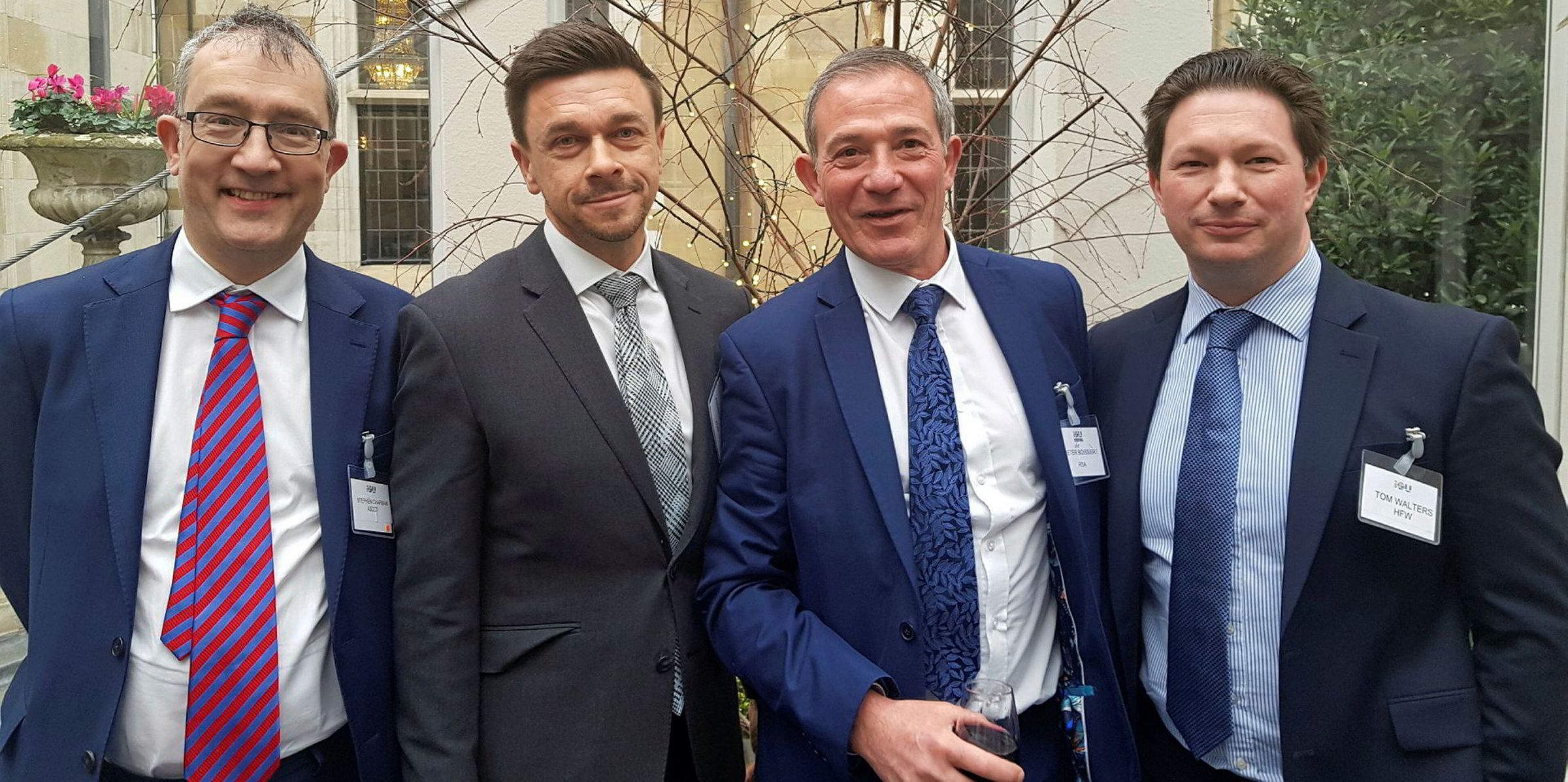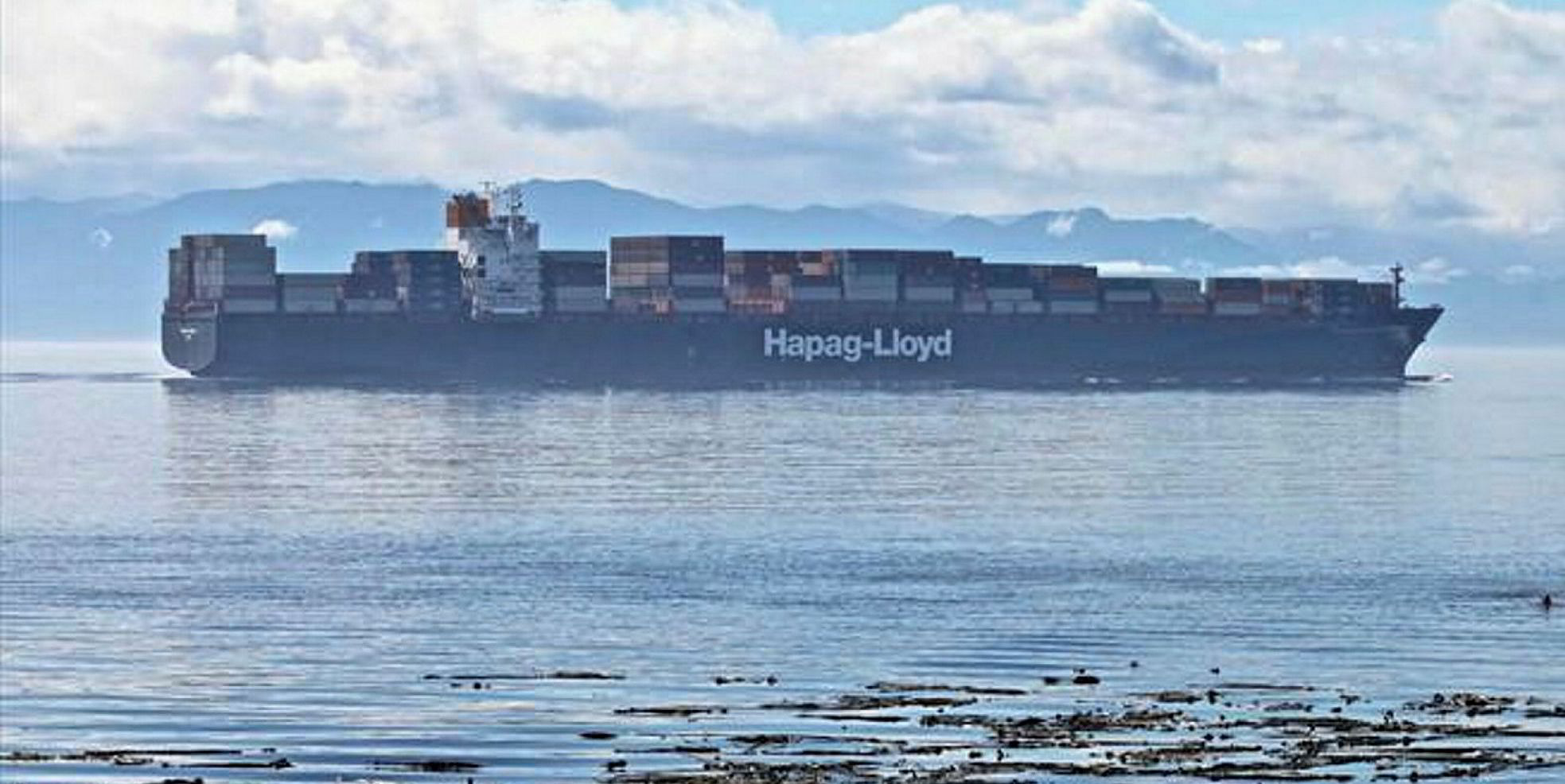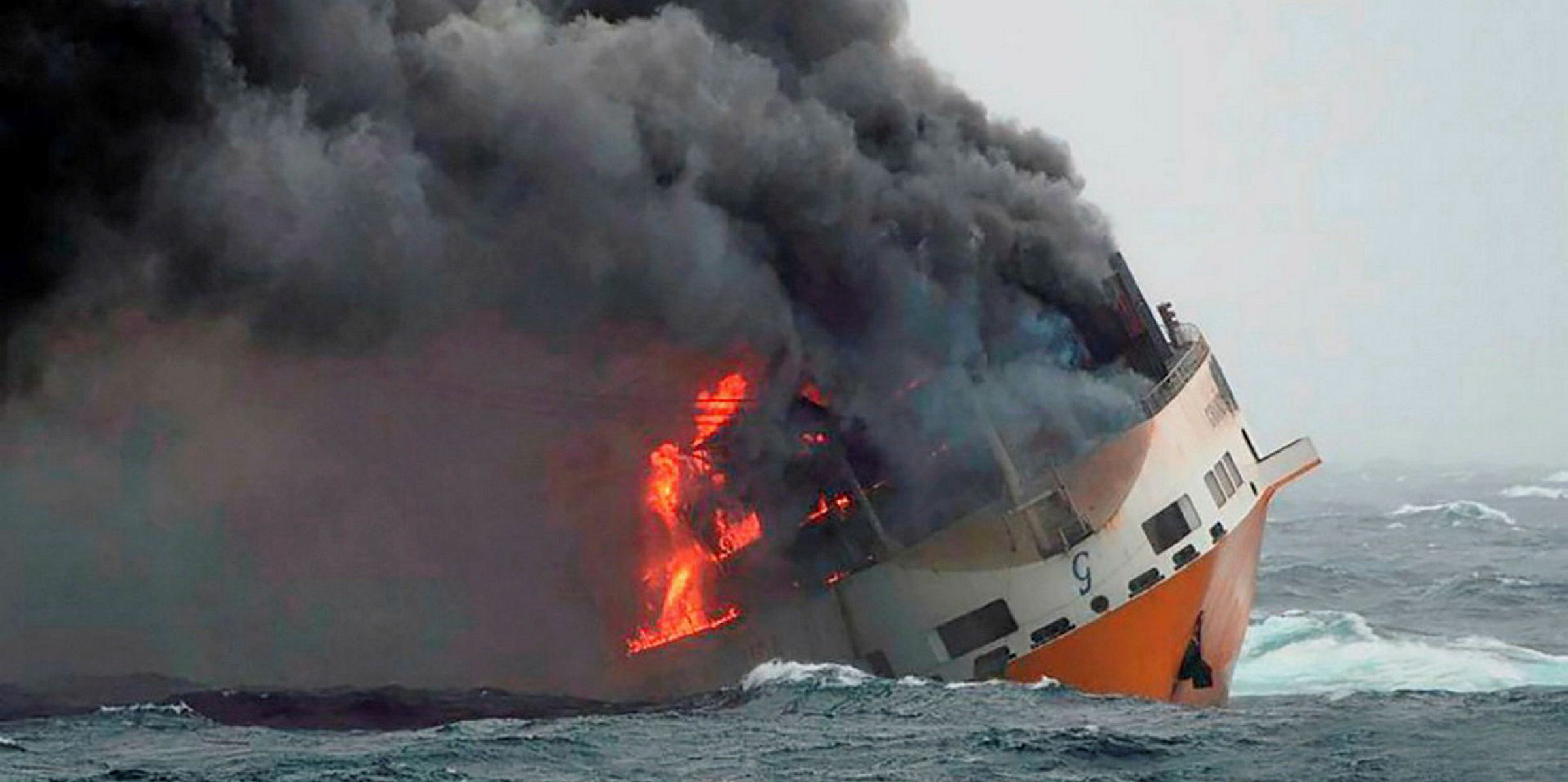Leading cargo underwriters say they want to be more closely involved in containership fire salvage operations, for which they pay by far the biggest financial contribution under general average rules.
Recent price trends have seen the values of containerised cargoes soar while insured hull values have remained static.
So, when cargo losses and salvage costs are divided up in general average cases, it is cargo underwriters that end up with the biggest bill. However, it is the hull underwriters that usually appoint salvors under the Lloyd's Open Form contract.
Recently, the potential liabilities for cargo underwriters have continued to grow.
Four fires — involving the 9,300-teu APL Vancouver (built 2013), 15,262-teu Maersk Honam (built 2017), 7,250-teu Yantian Express (built 2002) and 5,754-teu ER Kobe (built 2001) — are estimated to have landed insurers with a potential $700m loss exposure.
Major fires
TT Club recently estimated that a major containership fire is now occurring every 60 days.
Speaking at the International Salvage Union Associate Members' Day in London, RSA cargo global marine claims leader Peter de Boissiere said that the increasing length and complexity of containership salvage operations is a worry for the insurance market.
“The accumulation of risk is extremely expensive for cargo insurers at a time when the market already has issues with profitability,” he said.
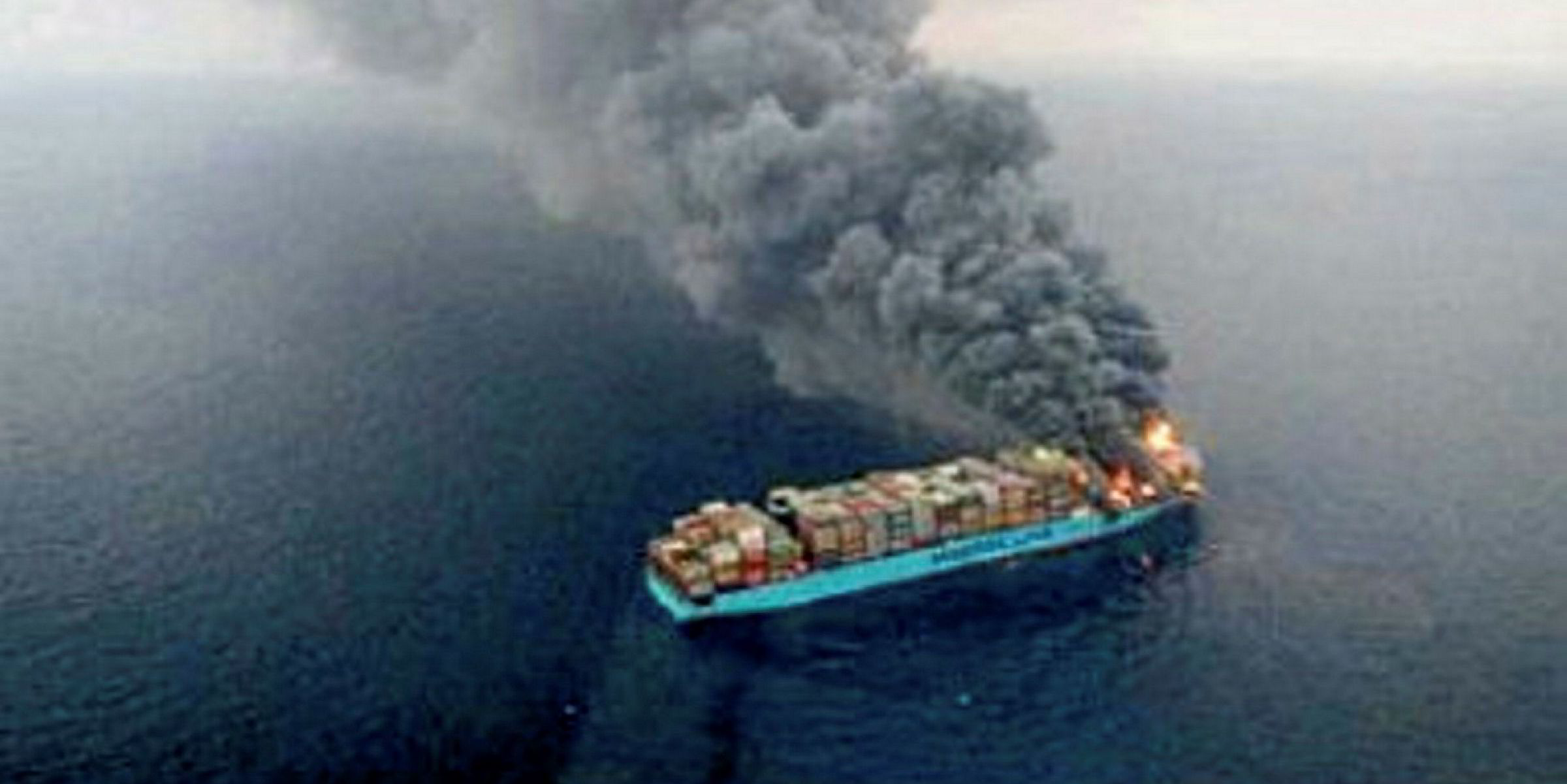
If we can engage more with the salvage industry and get better information at an early stage then we can understand why costs have accumulated and that would make insurers more comfortable about paying out
Andrew Green
Stephen Chapman, marine claims manager at Ascot Syndicate 1414, said cargo operators need to get involved in salvage to secure a “proper understanding of potential exposure”.
Andrew Green, head of marine cargo claims at Aon Risk Solutions, suggested that the cargo underwriter with the biggest exposure to an incident should appoint a salvage representative to act on behalf of cargo interests in salvage operations.
Related claims
He said underwriters needed assurances not only over costs but that cargo is redelivered as quickly as possible to prevent further related claims.
“We would like to have better engagement. If we can engage more with the salvage industry and get better information at an early stage then we can understand why costs have accumulated and that would make insurers more comfortable about paying out,” he said.
However, salvage managers argue that cargo insurers are not involved in the salvage process because they have shown little interest in the past.
One suggested that with as many as 15 insurers involved in just one container it would be impossible to find a claims leader to represent the cargo interests in salvage.
It was also pointed out that there is already an open point of involvement in the salvage operation through the Lloyd's Salvage Arbitration Branch. Information can also be obtained directly from salvage companies’ daily progress reports that are distributed to ship-casualty stakeholders.
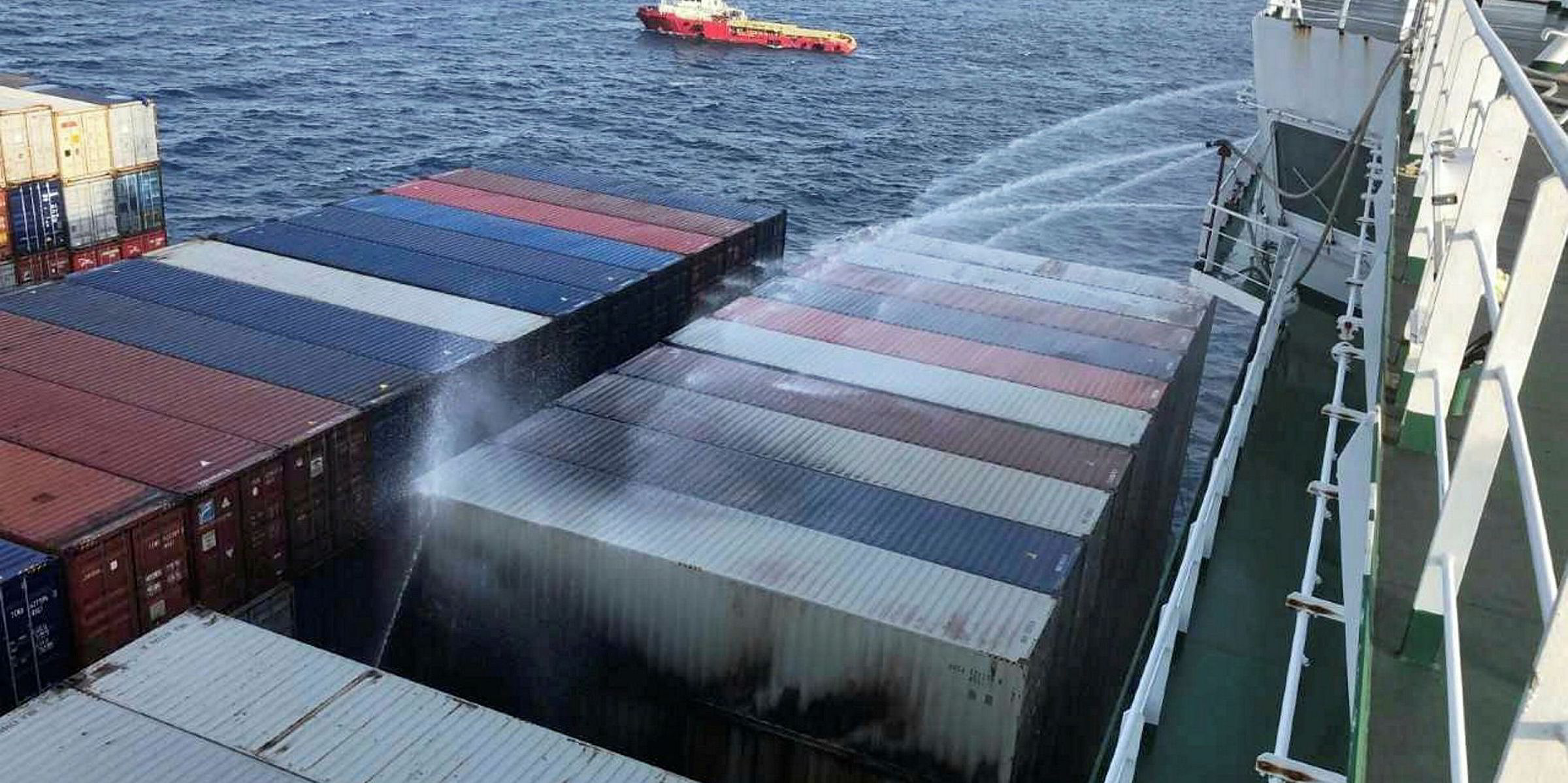
But their main source of frustration with cargo insurers over their call for greater involvement is that they have not played a part themselves in ensuring that container cargoes are correctly declared — something that has been identified as the main cause of containership fires.
About 20% of cargoes are estimated to have been misdeclared, resulting in incorrect stowage.
Correct declaration
Ascot’s Chaplin said that responsibility for correct declaration is not the responsibility of the insurer. “It’s got to sit with the people who arrange the shipment,” he said.
Aon’s Green said it would be too "tricky" for the cargo underwriters to get involved with declaration and he suggested the problem is equally with incorrect preparation.
“A lot of it [hazardous cargo] is mispacked. I think a lot of it has to do with educating shippers,” he said.
